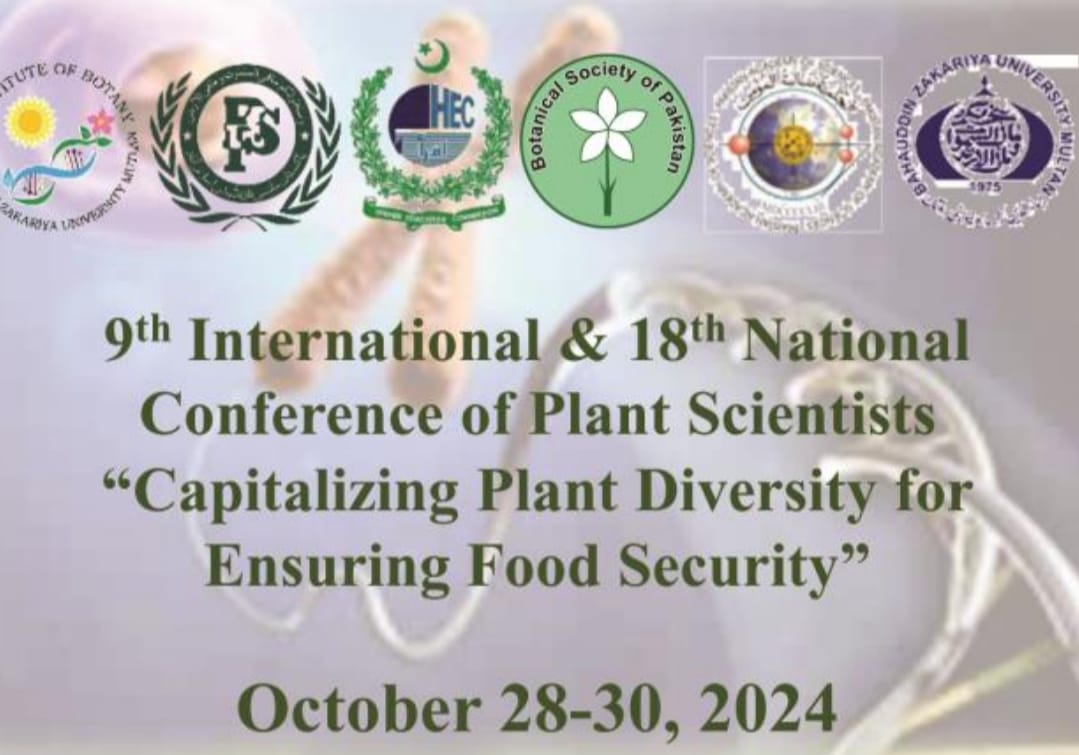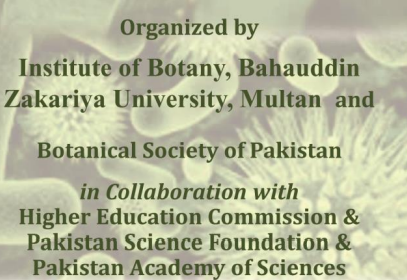-
-
-
-
-
-
-
-
-
-
-
-
-
-
-
-
-
-
-
-
-
ZAFAR IQBAL KHAN1*, KAFEEL AHMAD1, SHAHNEELA KASHAF1, MUHAMMAD ASHRAF2, 3, F. AL-QURAINY, MUHAMMAD DANISH4, ASIA FARDOUS1, SUMAIRA GONDAL1, ABID EJAZ1 AND EHSAN ELAHI VALEEM5
EVALUATION OF IRON CONTENT IN A POTENTIAL FODDER CROP OAT (AVENA SATIVA L.) GROWN ON SOIL TREATED WITH SUGARCANE FILTER CAKE
Download PDF
-
-
-
-
-
-
-
-
FARHAT BATOOL1*, AISHA KAMAL1, MADIHA SATTAR1, ASAD HUSSAIN SHAH2, SYED DILNAWAZ AHMED2, ZAFAR SAIED SAIFY3 AND DARAKHSHAN JABEEN HALEEM1
EVALUATION OF ANTIDEPRESSANT-LIKE EFFECTS OF AQUEOUS EXTRACT OF SEA BUCKTHORN (HIPPOPHAE RHAMNOIDES L. SSP. TURKESTANICA) FRUITS IN EXPERIMENTAL MODELS OF DEPRESSION
Download PDF
-
-
-
-
-
-
-
-
-
-
-
-
-
-
-
-
-
-
-
-
-
-
-
-
-
-
-
-
-
-
-
-
-
-
-
-


